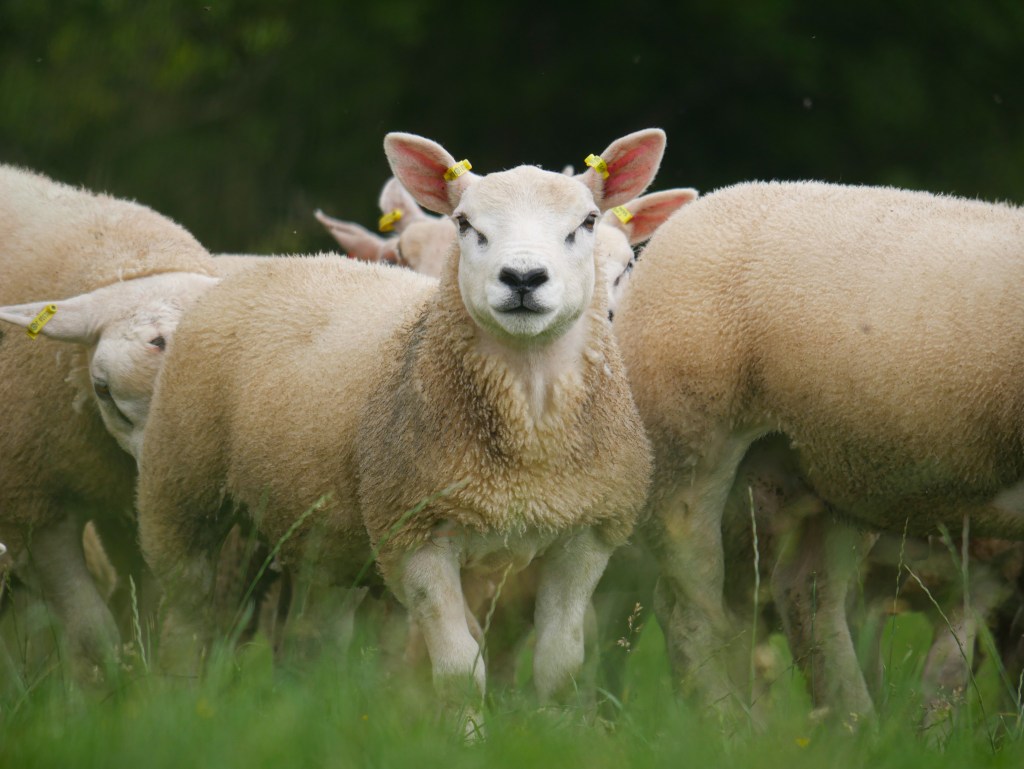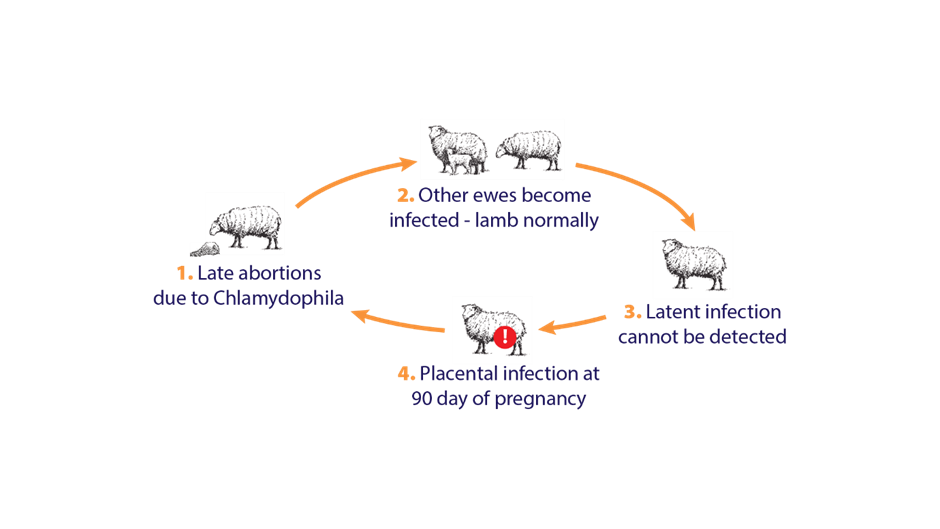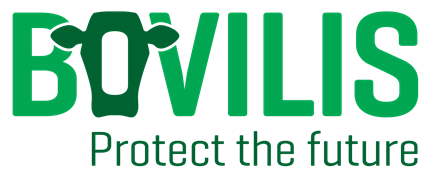Eleanor Brady, MVB MRCVS, Ruminant Veterinary Manager, MSD Animal Health
Many Irish flocks will experience a few abortions each year, but how many abortions is too many? Targets for abortion and overall empty rate are set at <2% and <5% respectively, although many flock owners accept rates higher than this. Approximately one third of lamb losses occur between tupping and scanning, another third are lost to abortion or stillbirth, and the remaining third die in the neonatal period.

The two most common causes of ovine abortion in Ireland are Chlamydophila abortus (also known as Enzootic Abortion of Ewes (EAE)) and Toxoplasma gondii (Toxoplasmosis). In the most recent All Island Disease Surveillance Report, 28% of foetuses submitted to Regional Veterinary Laboratories were positive for EAE, while 20% were positive for toxoplasmosis.
Without diagnosis, ewe abortion outbreaks are impossible to address. It is advised to submit aborted foetuses plus accompanying placentas to your nearest veterinary laboratory. Samples should be submitted as soon as possible, as aborted materials begin to degrade rapidly or may be scavenged by wildlife, making them less suitable for diagnostic testing. Ewes can also be blood tested three weeks post abortion, although these results may be less reliable in some instances.
Enzootic Abortion of Ewes
Enzootic Abortion of Ewes (EAE), caused by the bacterium Chlamydophila abortus, is usually introduced to a flock by purchasing infected replacement ewes. Naïve ewes contract this bacterium during the previous year’s lambing season and carry it until the following lambing season. Infection occurs when they are exposed to the foetal fluids or aborted materials of infected ewes.

Abortions usually occur in the last three weeks of pregnancy, when “abortion storms” can commonly occur. Aborted ewes can remain infectious to naïve ewes for approximately three weeks after aborting.
EAE control measures include quarantining aborted ewes, maintaining a closed flock, purchasing replacements from EAE-free flocks, prophylactic antibiotic treatment and vaccination. Aborted ewes should be quarantined for a minimum of four weeks and should be kept well away from replacements.
Vaccinating with Enzovax provides protection against EAE and is an effective method of reducing EAE abortions in an infected flock. Vaccination of ewes already infected with C. abortus will also reduce the incidence of abortion in this cohort.
Toxoplasmosis
Toxoplasma gondii is a protozoal parasite found in the ewe’s environment. It can infect all warm-blooded mammals, including humans. Cat faeces, lambing ewes and undercooked meat have historically been sources of toxoplasmosis infection in humans.

Sheep are infected with Toxoplasma gondii on ingestion of oocysts in feed or soil. Clinical signs of toxoplasmosis in ewes depend on when the ewe is initially infected. A non-pregnant ewe infected with Toxoplasma gondii may show no signs and becomes immune to the parasite. A ewe infected in early pregnancy may appear barren at scanning or suffer early embryonic death.
Vaccination against Toxoplasma gondii is regarded as the only way to control the effects of the parasite. Toxovax vaccinationreduces the effects of infection with the parasite, namely early embryonic death, barrenness and abortion. Generally, only one vaccination is required during the lifetime of the ewe.
Vaccination with Enzovax and Toxovax, in combination with disease control protocols, is your flock’s best bet against Enzootic Abortion of Ewes and toxoplasmosis. If these conditions have been diagnosed in your flock, speak to your vet about implementing a vaccination programme.




